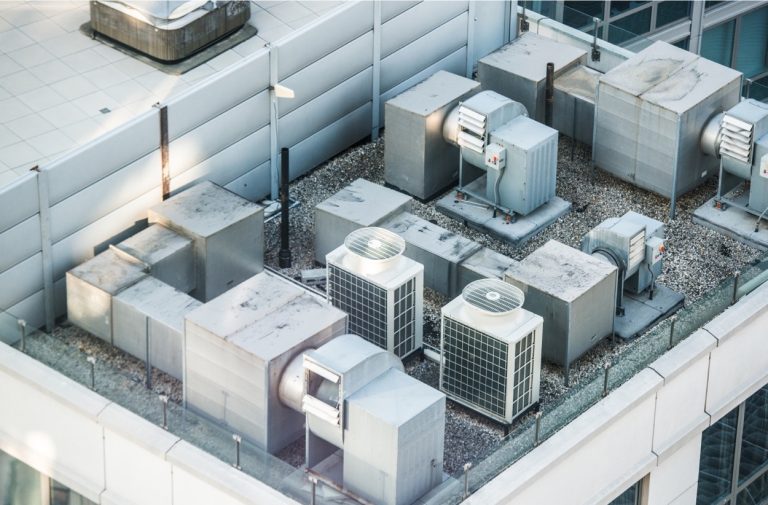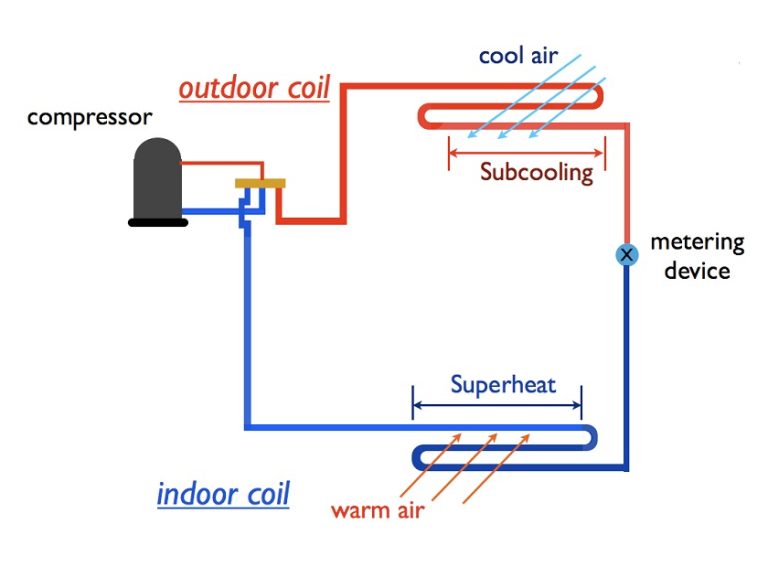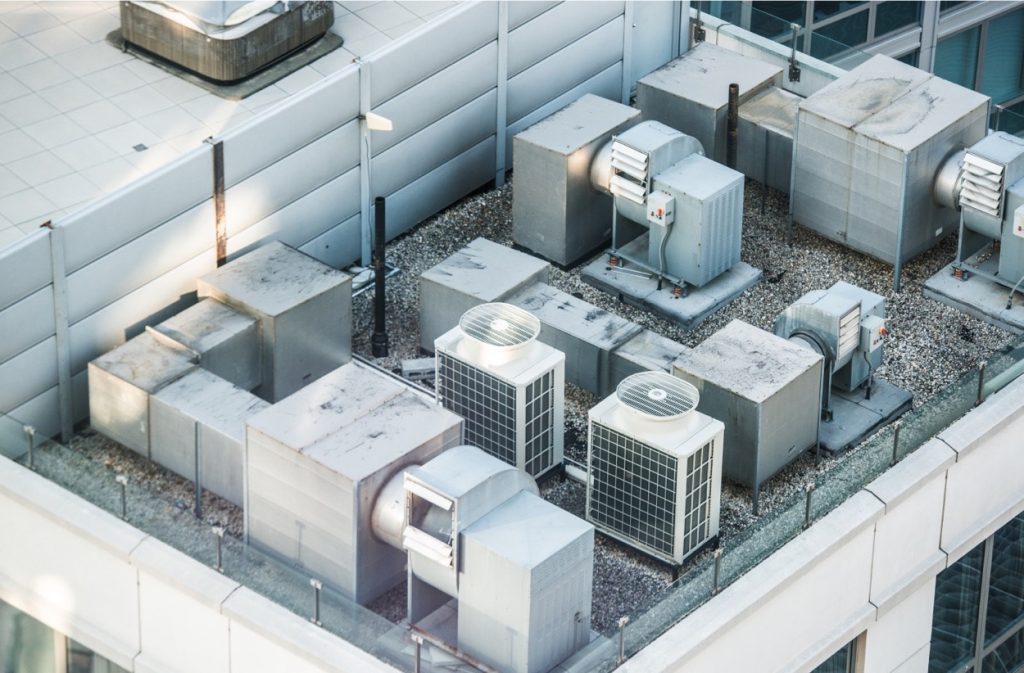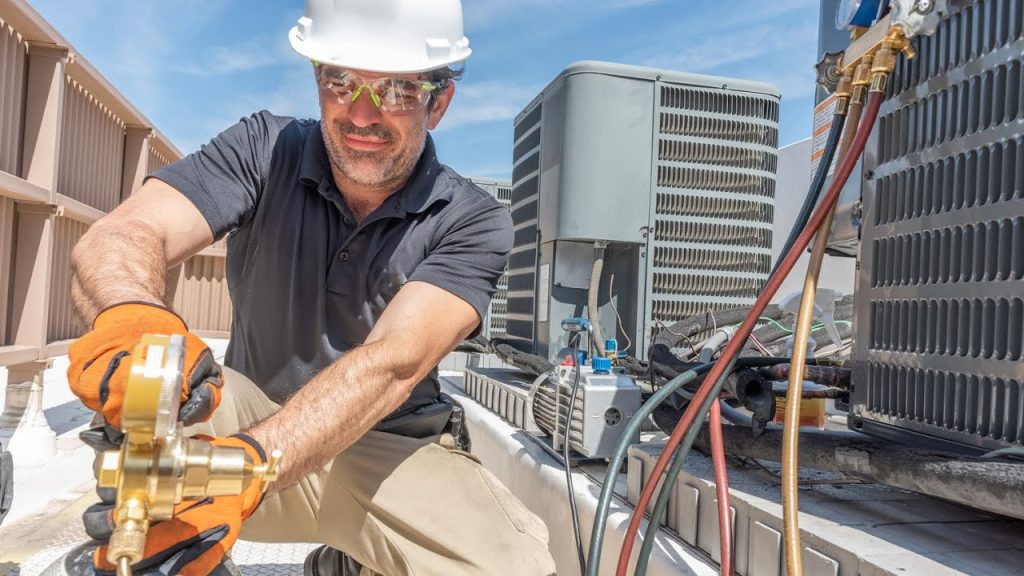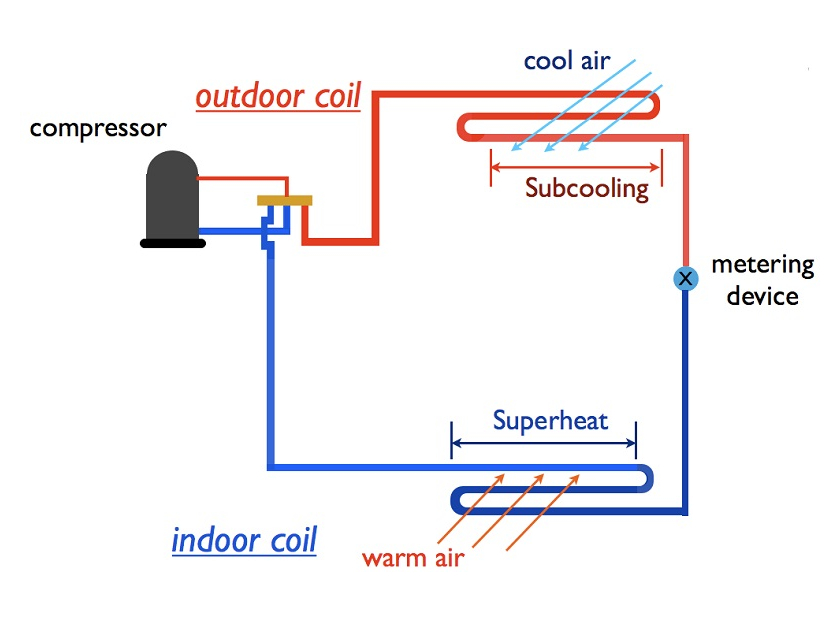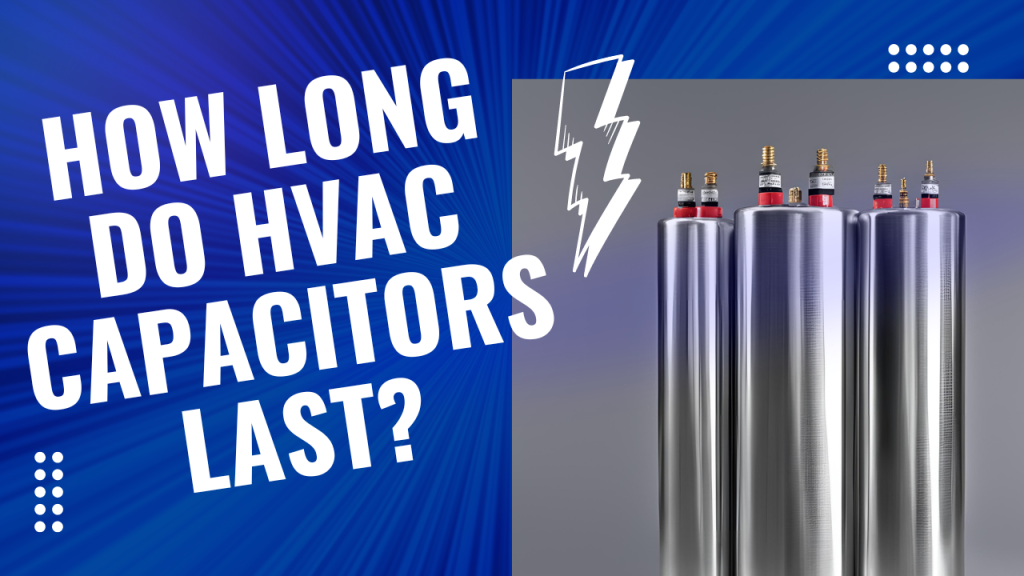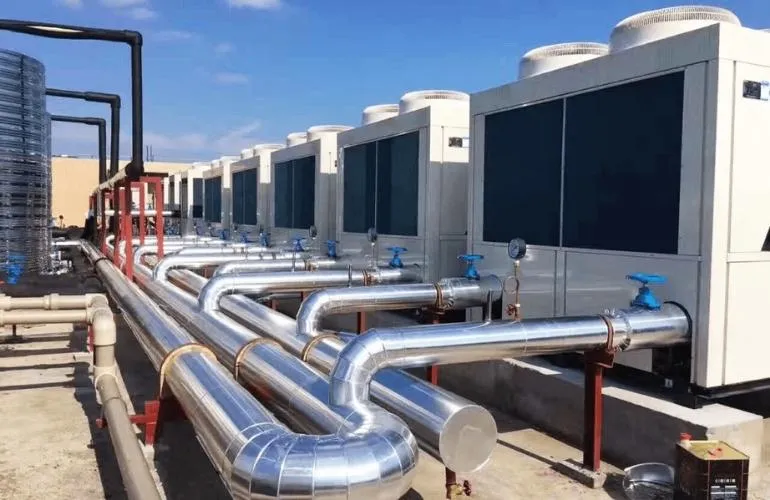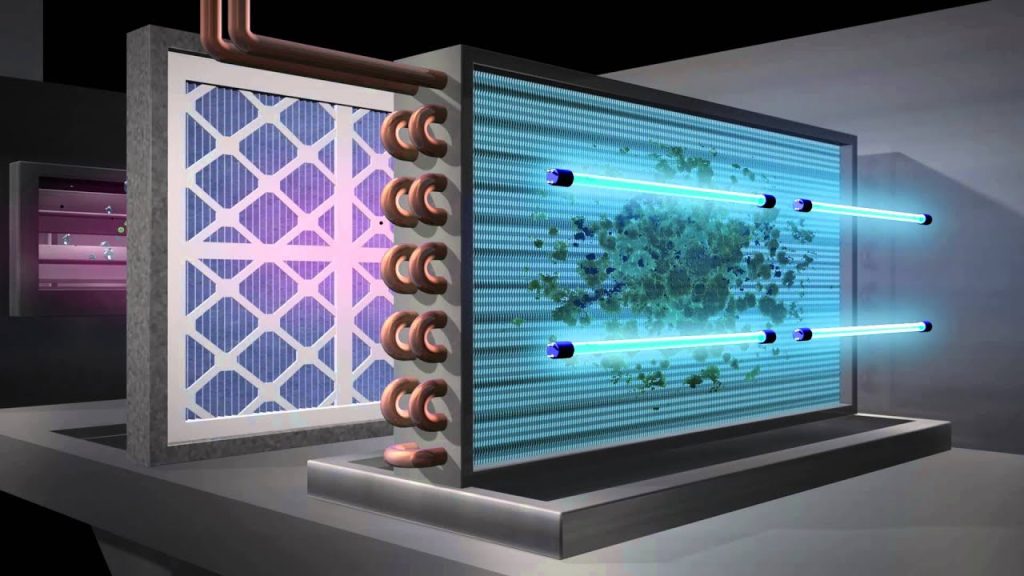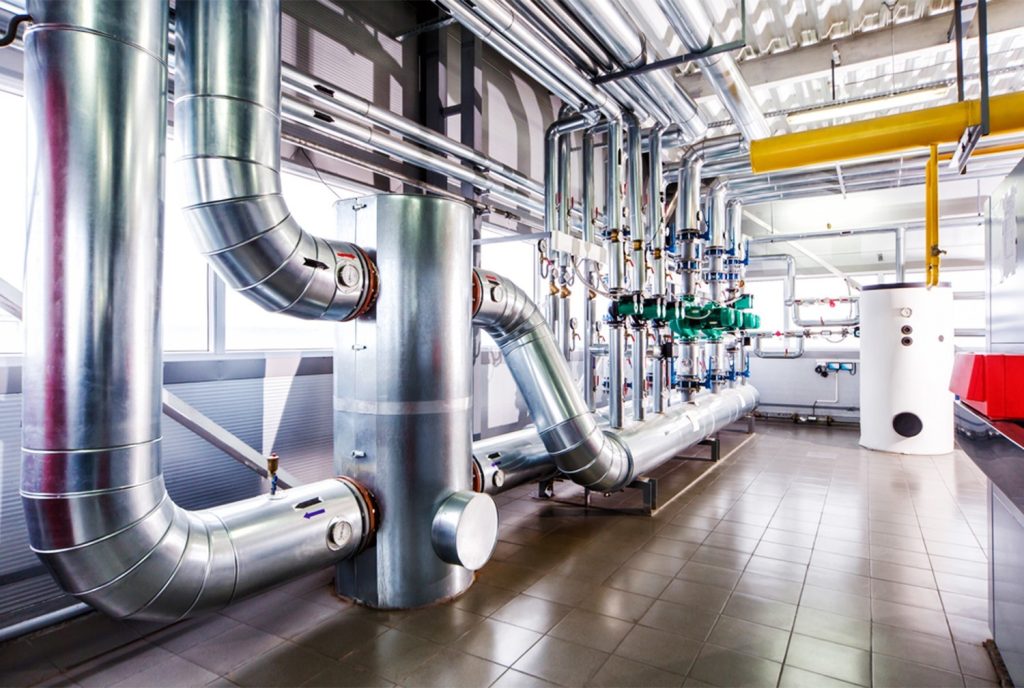Static pressure is key to the efficiency with which your heating and cooling systems circulate air throughout your home. This resistance can significantly affect your HVAC system’s performance. In many homes with ductwork, static pressure is often the root cause of various heating and cooling challenges. Addressing static pressure issues in your HVAC system can significantly improve comfort and lower energy costs. Regularly checking this factor helps identify potential problems with your air conditioning system more easily. Below, you’ll find a comprehensive guide on HVAC static pressure, explaining its impact on both your home’s comfort and the system’s efficiency
What Is HVAC Static Pressure?
How to Measure HVAC Static Pressure

Signs of HVAC Static Pressure Problems
Several indicators can signal issues with static pressure within your home’s HVAC system or ductwork. Here are some common signs to look out for:
A Noisy HVAC Unit
If your HVAC system emits loud mechanical sounds while distributing air throughout your home, it could be indicative of high static pressure. This occurs when air moves through the return grille, vents, and ductwork faster than usual. As airflow decreases, the blower motor must exert extra effort to push air through, resulting in loud noises. These unusual sounds are due to the blower motor operating at maximum capacity
Increasing Energy Bills
Properly balanced static pressure allows HVAC systems to function efficiently, ensuring consistent indoor comfort. However, if you notice a steady rise in your energy bills, it may be time to consult an HVAC technician. High static pressure could be the culprit. If left unchecked, your system might overwork for extended periods, potentially leading to breakdowns or premature failure.
Uneven Cooling and Heating
Experiencing uneven temperatures or hot and cold spots within your living space is a common sign of excessive static pressure in the HVAC system. This suggests that some areas of your home receive an overabundance of cool or warm air, while others lack adequate circulation. Often, this imbalance results from poor air distribution in certain sections of the system

Causes of Static Pressure Problems in Your Ductwork
During regular HVAC maintenance, a technician assesses static pressure at two key points in your system, pinpointing sources of airflow resistance. Here are common causes of static pressure issues in HVAC systems
Undersized Air Returns
Static pressure often increases due to inadequately designed or small ductwork. If the air return ducts, which recycle air back into your heating and cooling system, are undersized, the blower motor struggles to maintain airflow. After installing new HVAC equipment or repairing and sealing ducts, this issue becomes more noticeable. Undersized returns also impact air conditioners. They disrupt the refrigerant cycle, potentially leading to serious and costly system failures over time.
Dirty or Small Coil
Debris-clogged ductwork impedes airflow, boosting static pressure. Excessive dust or debris inside ducts disrupts balanced air movement. Similarly, small coils can lead to static pressure challenges. Coils play a crucial role in heat transfer. In winter, they warm air circulating in your home, while in summer, they help refrigerant release heat. Problems with coils affect the entire system. While a coil naturally adds air resistance, a dirty coil can severely restrict airflow
Restrictive or Clogged Air Filters
Air filters block contaminants like dust and allergens, ensuring cleaner air through your ducts. While they naturally resist airflow, neglected filters become clogged, increasing resistance. To avoid this, opt for filters with a higher MERV rating and replace them regularly to maintain optimal system performance.

